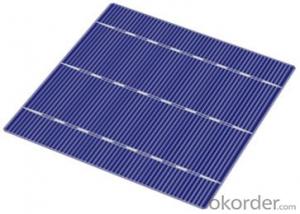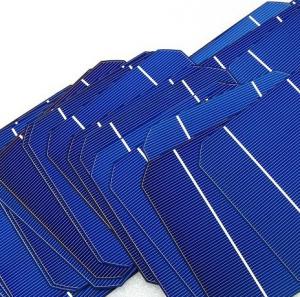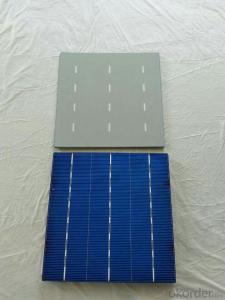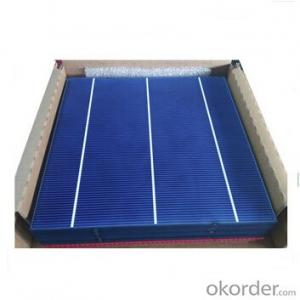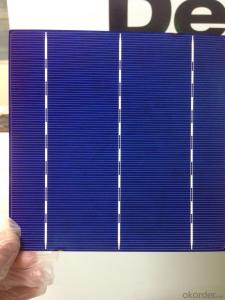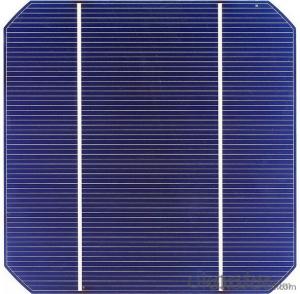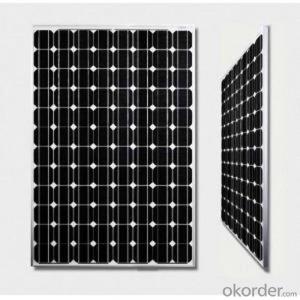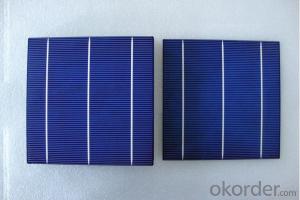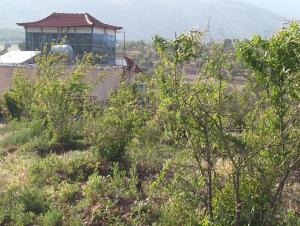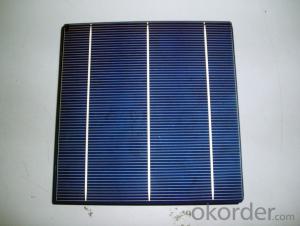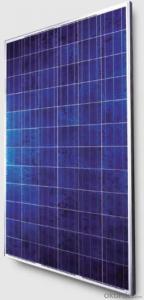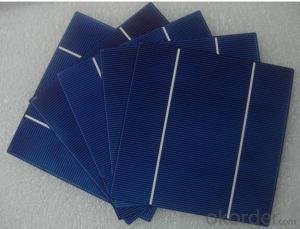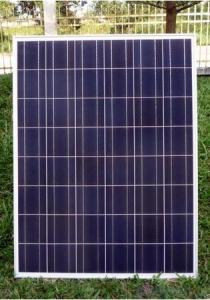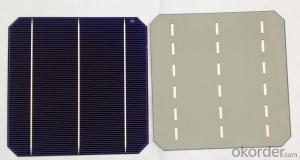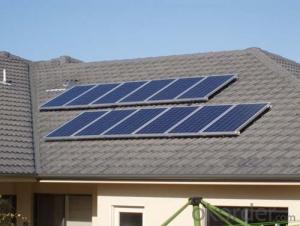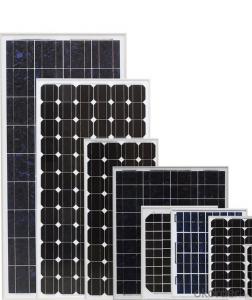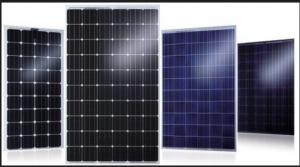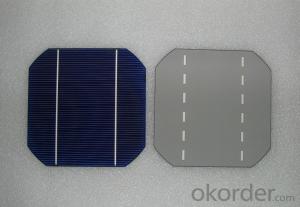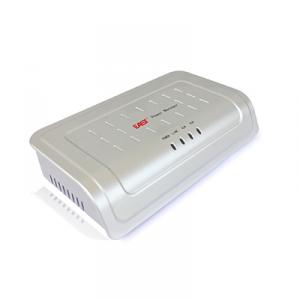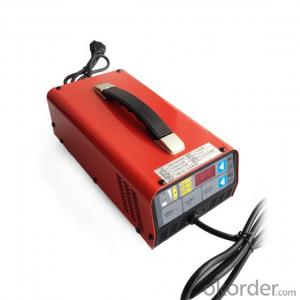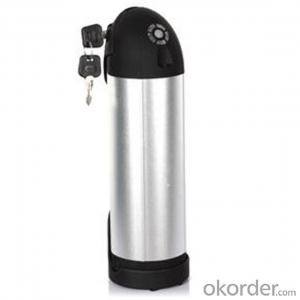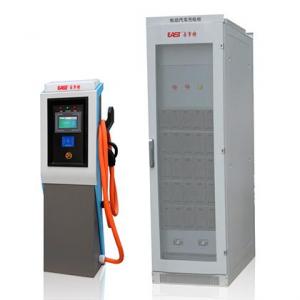3rd Generation Solar Cells
3rd Generation Solar Cells Related Searches
3d Solar Cells Iii V Solar Cells 1st Generation Solar Cells 3d Printed Solar Cells 4th Generation Solar Cells 2nd Generation Solar Cells Iii-V Solar Cells First Generation Solar Cells 3x6 Solar Cells Fourth Generation Solar Cells 3 5 Solar Cells Second Generation Solar Cells Solar 3 Phase Inverter 3kw Solar Inverter 3 Phase Inverter Solar Photovoltaic Solar Cells High Quality Solar Cells High Performance Solar Cells 3 Phase Solar Inverter 3 Kilowatt Solar Inverter 3 Phase Solar Power Inverter High Efficiency Solar Cells 4 Generations Of Solar Cells High Power Solar Cells 3kw Inverter Solar Foldable Solar Cells 3-Phase Solar Inverter Solar Energy Cells 3 Phase Solar Battery Inverter High Voltage Solar Cells3rd Generation Solar Cells Supplier & Manufacturer from China
3rd Generation Solar Cells represent the cutting-edge technology in the field of renewable energy, incorporating advanced materials and designs to maximize efficiency and minimize costs. These cells utilize innovative concepts such as perovskite, organic, and quantum dot solar cells, which offer higher conversion efficiencies and lower manufacturing costs compared to traditional silicon-based solar cells. The development of 3rd Generation Solar Cells is a significant step towards a more sustainable and eco-friendly energy future.These advanced solar cells are finding their way into various applications and usage scenarios, from residential rooftops to large-scale commercial installations. They are particularly well-suited for locations with limited space or high levels of sunlight, as their high efficiency allows for a smaller footprint and faster energy generation. Additionally, the flexibility and lightweight nature of some 3rd Generation Solar Cells make them ideal for portable and wearable applications, such as charging devices on the go or powering remote sensors.
Okorder.com is a leading wholesale supplier of 3rd Generation Solar Cells, boasting a large inventory that caters to the diverse needs of customers worldwide. With a commitment to quality and customer satisfaction, Okorder.com ensures that each order is fulfilled with the utmost care and attention to detail. By offering a wide range of 3rd Generation Solar Cells at competitive prices, Okorder.com has established itself as a go-to source for businesses and individuals seeking to harness the power of the sun in an efficient and cost-effective manner.
Hot Products

